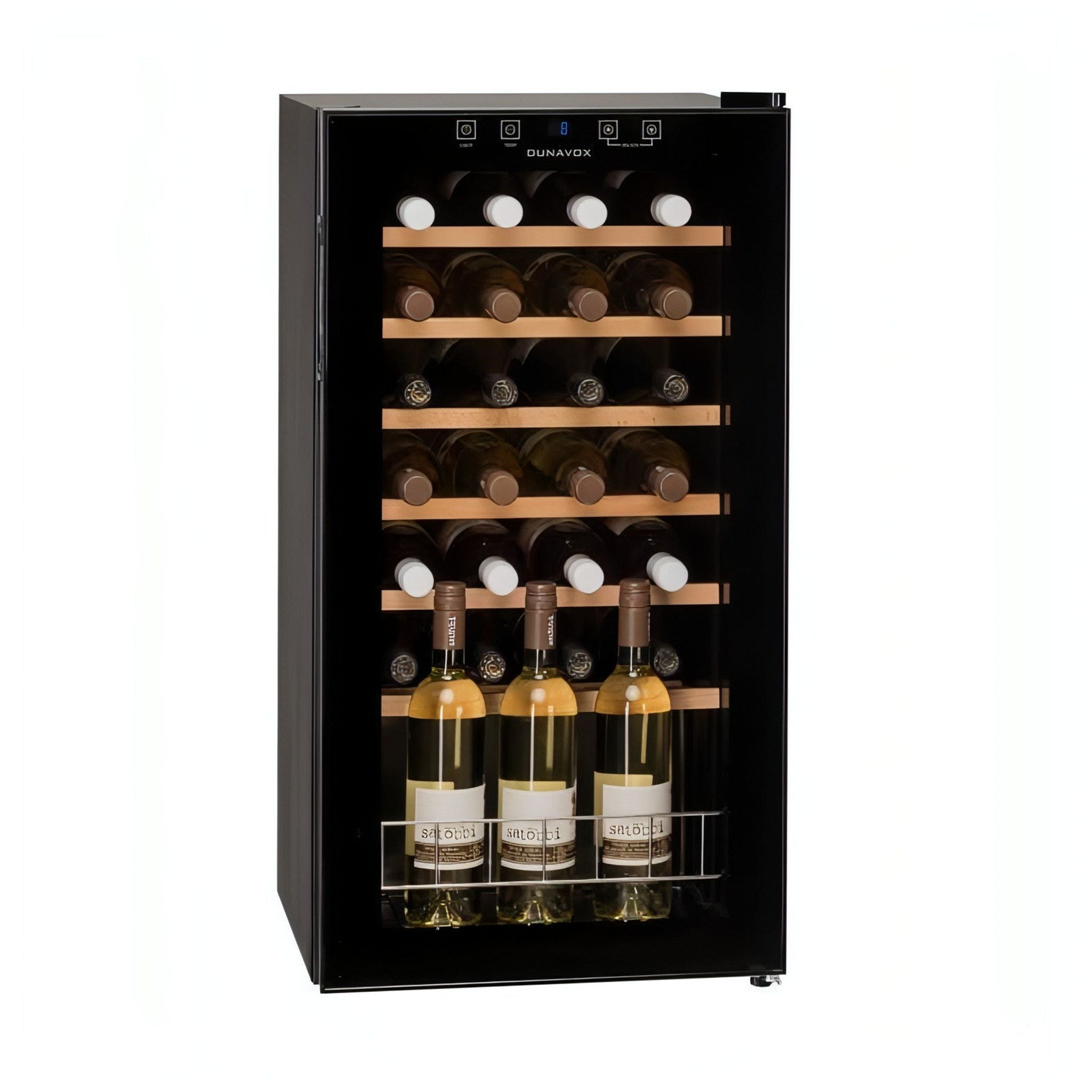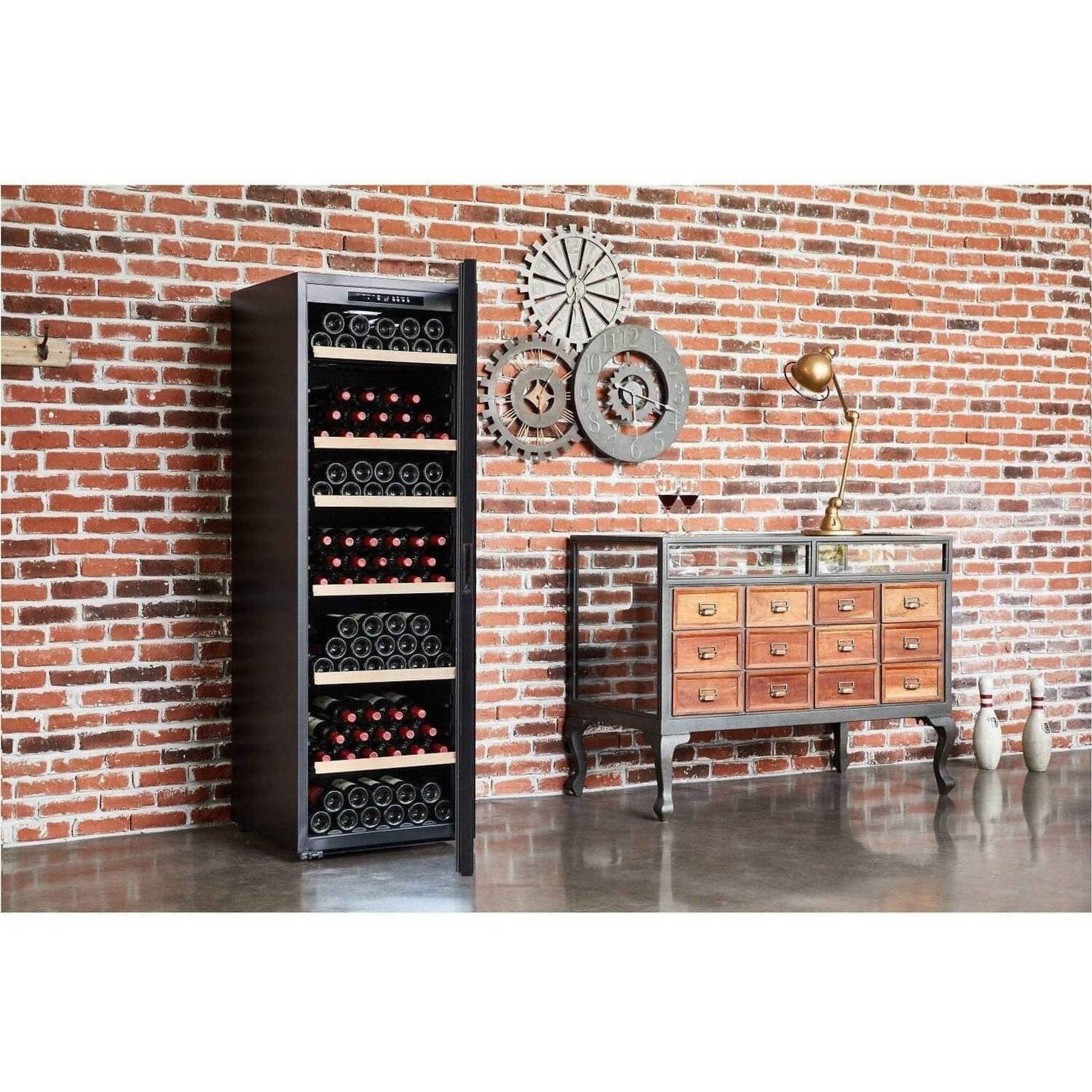If you are someone that is just getting into the wine drinking game, you might find the whole concept of wine glasses confusing - and we don’t blame you.
A lot of people think that wine can be enjoyed from any kind of glass, but they couldn’t be more wrong. As you will see in this article, there are many different types of wine glasses, all with unique designs to get the optimum flavours and taste out of the drink.
There’s a lot more than people may think to wine glasses, so we’ve decided to create a basic guide to understanding the right kinds of glasses to use and how to properly look after your collection.
Getting Down To Basics
To start off with, let’s take a look at the design of the glass itself. There are 3 different parts to any single wine glass, the base, the stem and the bowl.
The base of the glass is (as you might have guessed) the bottom of the glass, and allows the glass to stand on its own. The stem is the thin part of glass that connects the base and the bowl together, and is the part of the glass you hold when drinking the wine.
The bowl is the section where the wine is poured into, and usually features a curved design. Wine glasses are designed so that the aromas of the wine will be directed straight to the nose, allowing you to enjoy it at it’s fullest potential.
When pouring wine, it’s suggested to fill it to around a third of the glass, allowing you to swirl the wine without a risk of spillage.
The Many Different Types of Glasses
Wine is a complicated drink, and anyone reading this will likely know this by now. To be enjoyed at its best, wine needs to be drank from specific glasses, and will vary from wine to wine.
Let’s take a look at the kind of glasses needed for different types of wine.
Starting off with red wine glasses, you tend to find that this type of wine works best in glasses that have larger bowls, allowing for more oxygen to come into contact with the wine.
Carbernet/Merlot glasses feature a wide base and tapered large bowl, allowing the oxygen to bring out a lot of the wine’s true flavours. Syrah/Shiraz is served in glasses that are smaller than the majority of red wine glasses, with a sharply tapered rim.
Glasses that are made for Pinot Noir have a rim that is turned out, allowing the flavours to rise into the nose and the tongue. They also have the widest bowl of any wine glasses.
You will find that white wine and sparkling wine works best in smaller glasses, as the aromas are generally lighter.
Chardonnay glasses feature a wide bowl and a slightly tapered rim, with a similar design to Pinot Noir glasses. Sauvignon Blanc is generally served in glasses with a narrow bowl and long stem, minimising the level of oxygen in the glass and making it easier to detect the wine’s aromas.
Glasses that are suited for Riesling have a tall and narrow design, concentrating the aromas in the top half of the bowl.
Rosé is best served in glasses with narrow bowls and long stems, but can also be enjoyed in white wine glasses. Glasses suitable for Champagne and Prosecco are tall and taper-free, keeping the bubbles on the tip of the tongue.
Port glasses tend to have a smaller shape, allowing the flavours to come through and dessert wines and fortified wines are best in glasses with a highly tapered rim.
Holding The Glass
We touched on this before, but many people don’t actually know the correct way of handling a glass of wine.
The correct way of holding a glass of wine is to hold it by the stem, as holding it by the bowl will leave fingerprints on the glass and will cause the temperature to rise, potentially ruining the wine.
In order to drink wine like a true connoisseur, you need to hold the glass by the base of the stem between your thumb, forefinger and middle fingers, giving you just the right amount of grip on the glass.
Once you’ve got your hand in position, you’re free to give it a taste and a swill for good measure.
Wine Glass Maintenance
Smudges, streaks and water spots can be the bane of any wine enthusiast’s existence, and is something that can be avoided with a few handy cleaning tips.
Wine glasses can be tough to clean, and failure to clean them properly can lead to the glass affecting and ruining the aromas and taste of your next drink. Unless stated otherwise, you’re probably best off hand washing any wine glasses, just to be on the safe side.
When cleaning the glass, it’s important to focus on the outside and the rim of the glass. Even though the wine is poured inside the glass, it’s actually the outside that needs to most attention from a cleaning stand point. Washing up liquid or soap should do the trick, but only use a small amount.
Once cleaned, use a microfibre towel and hand dry the glass, gently polishing it and handling with care. We’d also recommend holding the glass by the bowl instead of the stem when cleaning, preventing any risk of breakage (but watch out for fingerprints).
Summary
Wine is not a simple drink, and as we’ve just seen, even the glass that holds it has some form of science behind it.
We like to think that the complexity of wine makes it even more special, and takes skill and knowledge to truly enjoy. Hopefully this article has shed some light on the many do’s and don’ts of wine glasses, and you’ll be able to put this information to good use.
If you’re looking for high quality, beautifully designed wine coolers to store your wine collection, look no further than Elite Wine Refrigeration. We have a huge range of wine fridges to suit all needs, from tall wine coolers to tabletop models to undercounter wine coolers.
EXPO is a reputable brand that we work closely with to provide our customers with the ideal wine storage solution for their collections.
Wine glasses can sit comfortably in our range of EXPO wine walls - wine walls are perfect for people who have a wine collection as well as an array of drinking accessories, such as glasses.
Known as one of the best wine wall manufacturers, EXPO has maintained their position in the wine storage world - not only do they make top-quality products, but they also use the finest materials to do so. To find out more about EXPO wine walls, feel free to reach out to us today.
Want to learn more? Have a browse through our website or get in touch with one of the team today.







